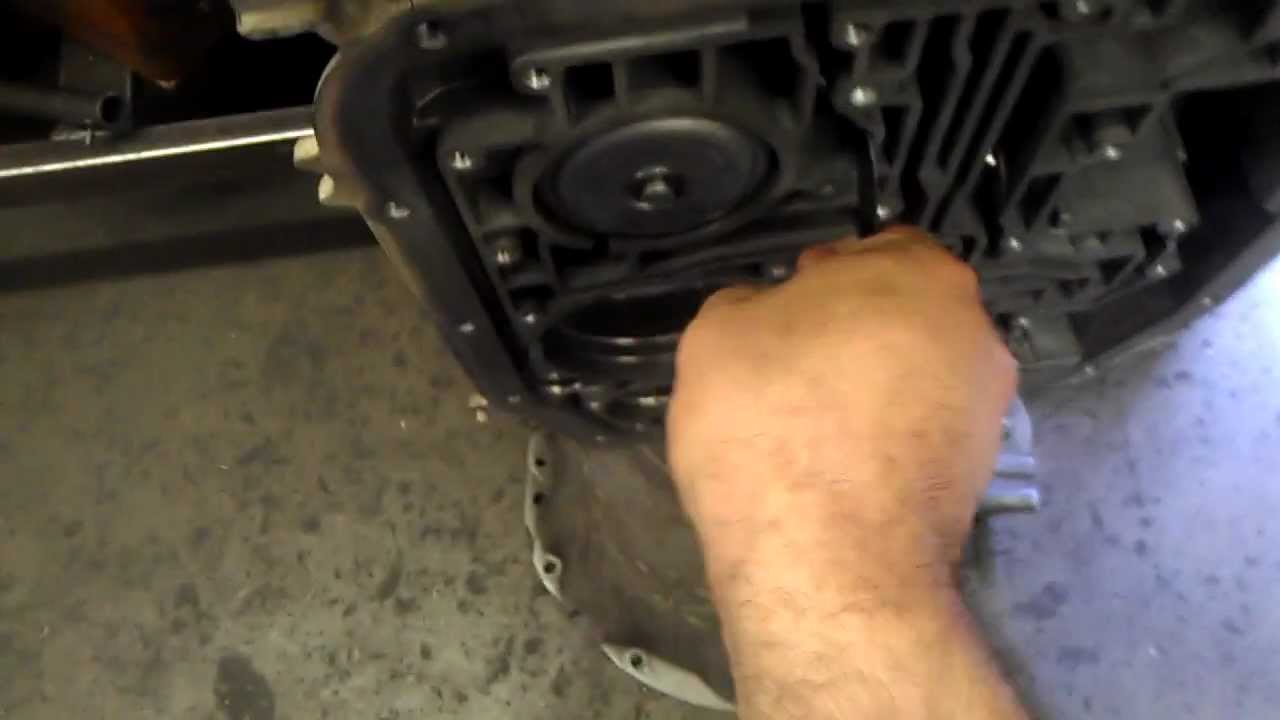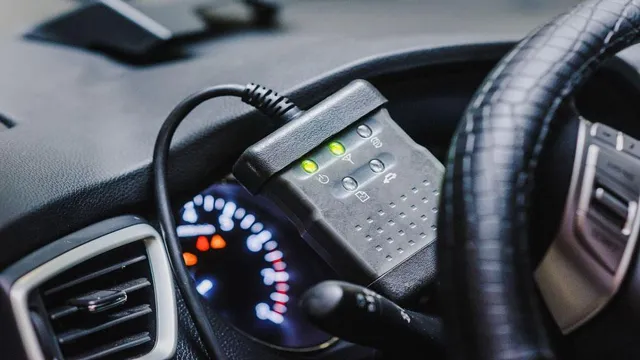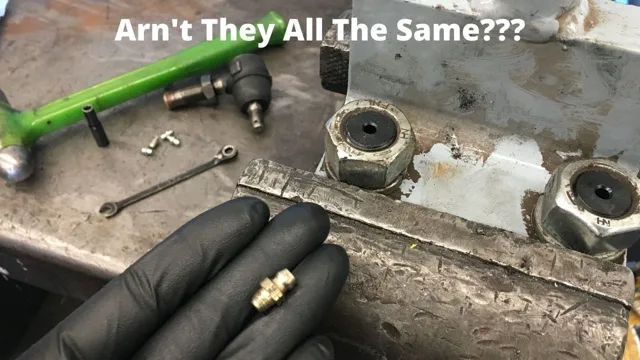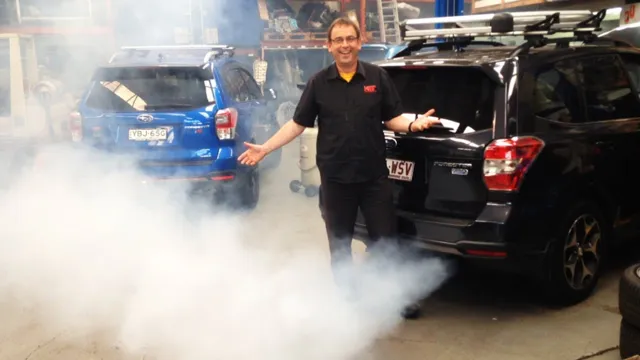How to Fix Overdrive in Transmission
Having trouble with overdrive in your transmission can be a frustrating and potentially costly problem. Overdrive is designed to provide better fuel efficiency and lower engine RPM at highway speeds, so it’s important to address any issues with it promptly. In this guide, we’ll walk you through the steps to diagnose and fix overdrive problems in your transmission.
Understanding Overdrive
Before we dive into the troubleshooting steps, it’s important to understand what overdrive is and how it functions. Overdrive is an extra gear in the transmission that allows the engine to operate at a lower RPM while maintaining a specific speed. This is particularly useful for highway driving, as it helps improve fuel economy and reduces engine wear.
Diagnosing Overdrive Issues
When experiencing problems with overdrive, it’s essential to diagnose the issue accurately before attempting any repairs. Here are some common signs of overdrive problems:
- Overdrive light flashing on the dashboard
- Transmission slipping in and out of overdrive
- Engine revving at higher RPM than usual at highway speeds
- Difficulty shifting into or out of overdrive
If you notice any of these symptoms, it’s time to move on to the next step of diagnosing the specific cause of the overdrive issues.
Checking Transmission Fluid
Low or contaminated transmission fluid can often be the culprit behind overdrive problems. Begin by checking the transmission fluid level and condition. The fluid should be at the proper level and have a clean, red or pinkish color. If the fluid is low or dirty, it’s essential to address this issue first before moving on to other potential causes.
Electrical Check
Many modern vehicles have electronic controls for the transmission, including overdrive. A malfunctioning sensor or control module can lead to overdrive issues. Using a diagnostic scanner, check for any error codes related to the transmission or overdrive system. This can help pinpoint the specific component that may be causing the problem.
Solenoid and Valve Body Inspection
The overdrive function in the transmission is often managed by solenoids within the valve body. Over time, these solenoids can become clogged or fail, leading to overdrive problems. Remove the transmission pan to access the valve body and inspect the solenoids for any signs of damage or debris. Cleaning or replacing the affected components can often resolve overdrive issues.
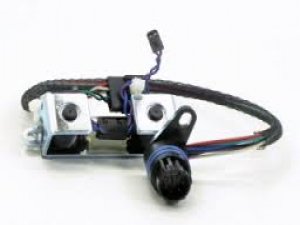
Credit: www.mts-diesel.com
Overdrive Band Adjustment
If the overdrive band within the transmission is worn or improperly adjusted, it can result in slipping or erratic behavior. Adjusting the overdrive band to the manufacturer’s specifications can help restore proper function. This process may require specific tools and should be performed carefully to avoid causing further damage to the transmission.
Professional Assistance
If you’ve gone through the troubleshooting steps and are still experiencing overdrive issues, it may be time to seek professional help. A qualified mechanic with experience in transmissions can perform a more in-depth diagnosis and recommend the best course of action to fix the problem. In some cases, a transmission rebuild or replacement of specific components may be necessary.
Frequently Asked Questions For How To Fix Overdrive In Transmission
What Causes Overdrive Issues In Transmission?
Overdrive issues can be caused by worn clutches, solenoid problems, or low transmission fluid.
How Can I Diagnose Overdrive Problems?
Check for transmission fluid leaks, monitor for slipping gears, and listen for unusual noises.
Is It Safe To Continue Driving With Overdrive Problems?
Continuing to drive with overdrive issues can cause further damage to the transmission and should be avoided.
How Can I Fix Overdrive Problems In My Transmission?
Get a professional diagnosis, replace worn parts, and ensure the transmission fluid is at the correct level.
Conclusion
Dealing with overdrive issues in your transmission can be challenging, but by following the steps outlined in this guide, you can diagnose and address the problem effectively. Whether it’s a simple fix such as adjusting the overdrive band or a more complex issue requiring professional attention, addressing overdrive problems promptly can help ensure a smooth and efficient driving experience.
Remember that regular maintenance and fluid checks are essential for the long-term health of your transmission, so be sure to stay on top of your vehicle’s servicing schedule to prevent overdrive and other transmission issues in the future.

